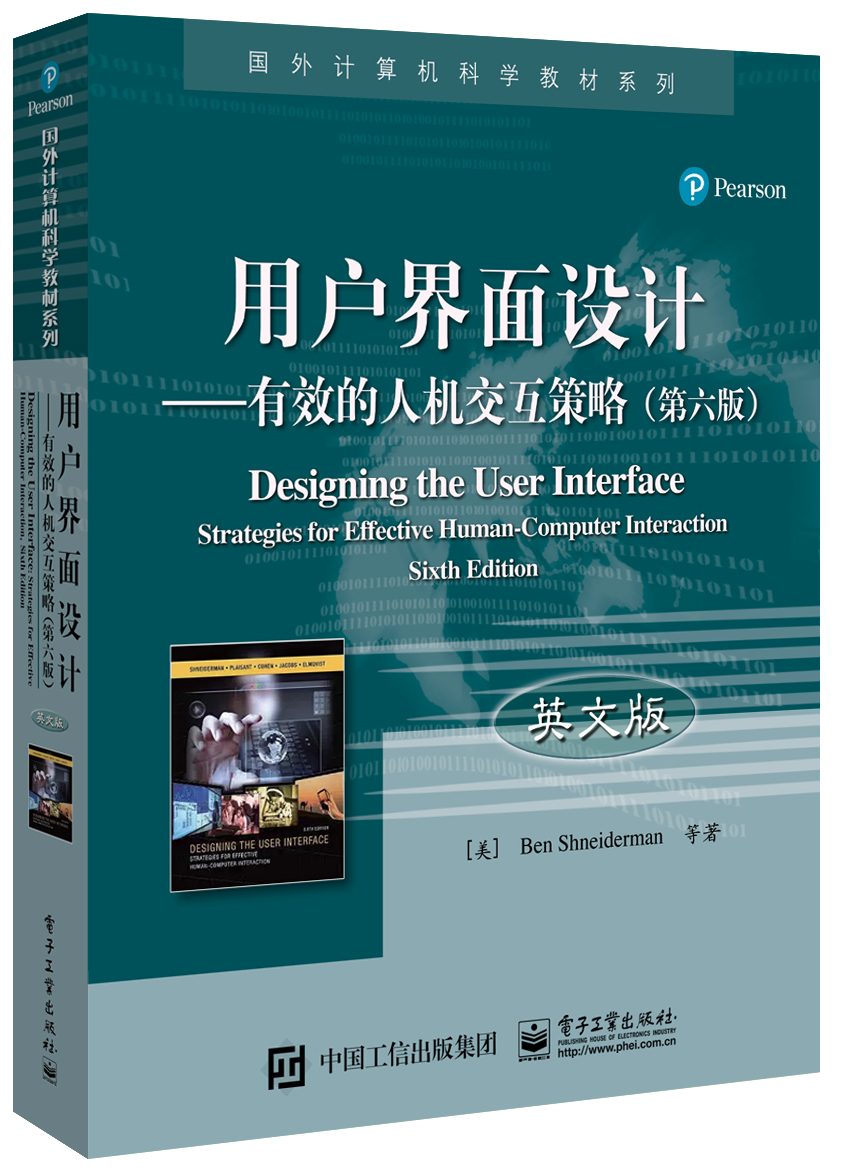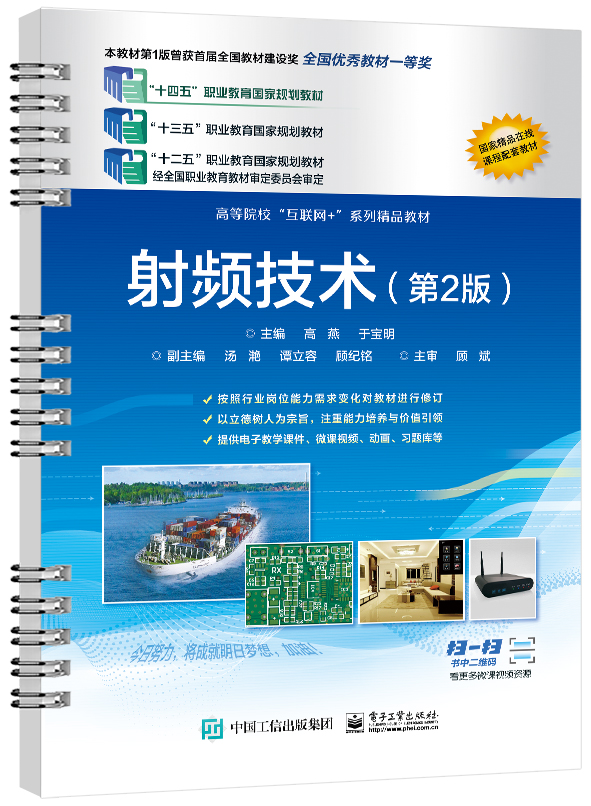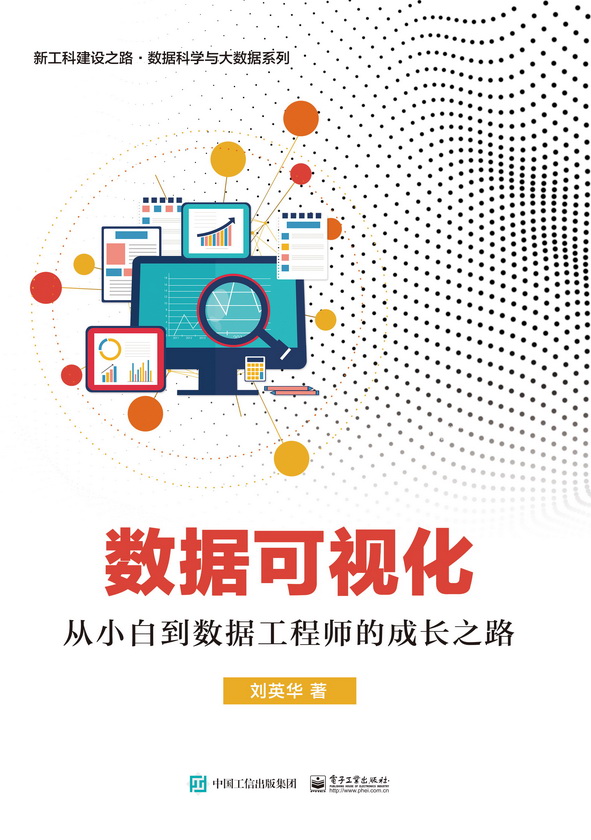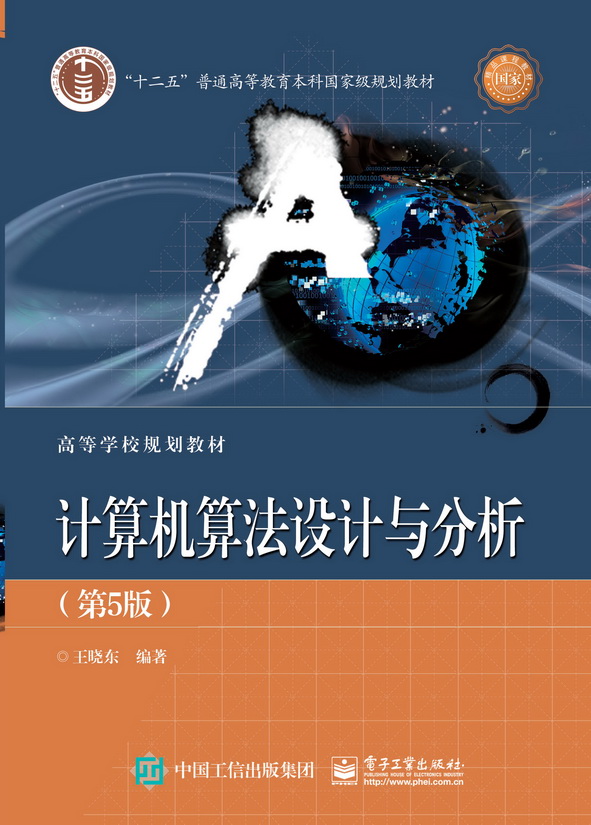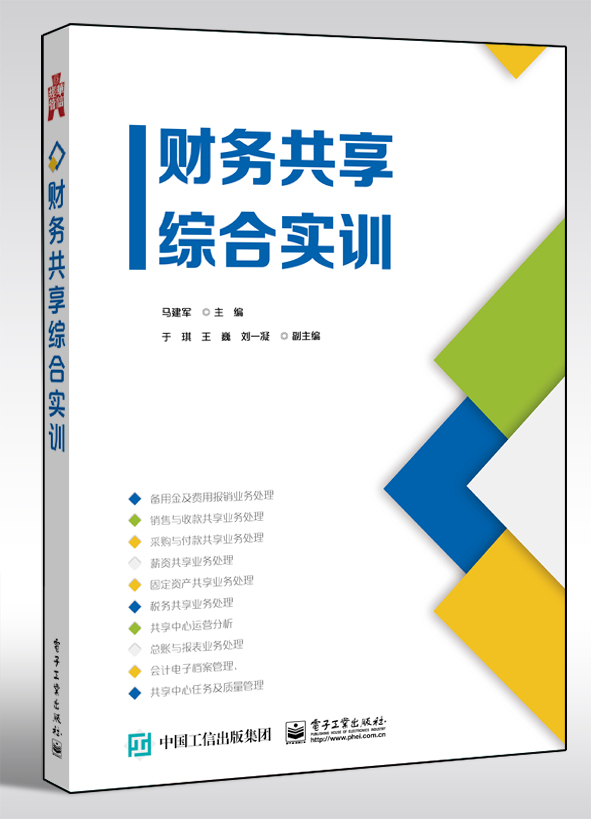用户界面设计——有效的人机交互策略(第六版)(英文版)
丛 书 名:
国外计算机科学教材系列
作 译 者:无
出 版 日 期:2017-06-01
书 代 号:G0315070
I S B N:9787121315077
图书简介:
(1)在设计方法中引入了更多的案例研究。(2)重新调整了对社会媒体参与和用户生成内容部分的介绍,尤其是来自移动设备的部分。(3)对本书的每个章节都进行了大量的校订,修改了所有插图,大幅更新了参考文献。
-
配 套 资 源
-
图 书 内 容
内容简介
(1)在设计方法中引入了更多的案例研究。(2)重新调整了对社会媒体参与和用户生成内容部分的介绍,尤其是来自移动设备的部分。(3)对本书的每个章节都进行了大量的校订,修改了所有插图,大幅更新了参考文献。图书详情
ISBN:9787121315077开 本:16开页 数:596字 数:917.0本书目录
PART 1 INTRODUCTION 2 CHAPTER 1 Usability of Interactive Systems 4 1.1 Introduction 6 1.2 Usability Goals and Measures 13 1.3 Usability Motivations 15 1.4 Goals for Our Profession 20 CHAPTER 2 Universal Usability 34 2.1 Introduction 36 2.2 Variations in Physical Abilities and Physical Workplaces 37 2.3 Diverse Cognitive and Perceptual Abilities 39 2.4 Personality Differences 40 2.5 Cultural and International Diversity 41 2.6 Users with Disabilities 44 2.7 Older Adult Users 47 2.8 Children 49 2.9 Accommodating Hardware and Software Diversity 52 CHAPTER 3 Guidelines, Principles, and Theories 56 3.1 Introduction 58 3.2 Guidelines 58 3.3 Principles 64 3.4 Theories 80 PART 2 Design PROCESSES 96 CHAPTER 4 Design 98 4.1 Introduction 100 4.2 Organizational Support for Design 102 4.3 The Design Process 105 4.4 Design Frameworks 111 4.5 Design Methods 115 4.6 Design Tools, Practices, and Patterns 123 4.7 Social Impact Analysis 129 4.8 Legal Issues 131 CHAPTER 5 Evaluation and the User Experience 138 5.1 Introduction 140 5.2 Expert Reviews and Heuristics 143 5.3 Usability Testing and Laboratories 147 5.4 Survey Instruments 159 5.5 Acceptance Tests 164 5.6 Evaluation during Active Use and Beyond 165 5.7 Controlled Psychologically Oriented Experiments 171 CHAPTER 6 Design Case Studies 180 6.1 Introduction 182 6.2 Case Study 1: Iterative Design Evaluation of Automated Teller Machines (ATMs) 183 6.3 Case Study 2: Design Consistency at Apple Computer 186 6.4 Case Study 3: Data-Driven Design at Volvo 188 6.5 General Observations and Summary 191 PART 3 INTERACTION STYLES 194 CHAPTER 7 Direct Manipulation and Immersive Environments 196 7.1 Introduction 198 7.2 What Is Direct Manipulation? 199 7.3 Some Examples of Direct Manipulation 206 7.4 2-D and 3-D Interfaces 216 7.5 Teleoperation and Presence 219 7.6 Augmented and Virtual Reality 224 CHAPTER 8 Fluid Navigation 238 8.1 Introduction 240 8.2 Navigation by Selection 242 8.3 Small Displays 255 8.4 Content Organization 258 8.5 Audio Menus 263 8.6 Form Fill-in and Dialog Boxes 264 CHAPTER 9 Expressive Human and Command Languages 276 9.1 Introduction 278 9.2 Speech Recognition 279 9.3 Speech Production 290 9.4 Human Language Technology 291 9.5 Traditional Command Languages 295 CHAPTER 10 Devices 300 10.1 Introduction 302 10.2 Keyboards and Keypads 304 10.3 Pointing Devices 310 10.4 Displays 328 CHAPTER 11 Communication and Collaboration 348 11.1 Introduction 350 11.2 Models of Collaboration 354 11.3 Specific Goals and Contexts 360 11.4 Design Considerations 368 PART 4 DESIGN ISSUES 384 CHAPTER 12 Advancing the User Experience 386 12.1 Introduction 388 12.2 Display Design 389 12.3 View (Window) Management 395 12.4 Animation 401 12.5 Webpage Design 403 12.6 Color 406 12.7 Nonanthropomorphic Design 412 12.8 Error Messages 416 CHAPTER 13 The Timely User Experience 426 13.1 Introduction 428 13.2 Models of System Response Time (SRT) Impacts 430 13.3 Expectations and Attitudes 434 13.4 User Productivity and Variability in SRT 436 13.5 Frustrating Experiences 438 CHAPTER 14 Documentation and User Support (a.k.a. Help) 446 14.1 Introduction 448 14.2 Shaping the Content of the Documentation 449 14.3 Accessing the Documentation 455 14.4 Reading from Displays versus Reading from Paper 460 14.5 Online Tutorials and Animated Demonstrations 465 14.6 Online Communities and Other Avenues for User Support 468 14.7 The Development Process 470 CHAPTER 15 Information Search 476 15.1 Introduction 478 15.2 Five-Stage Search Framework 482 15.3 Dynamic Queries and Faceted Search 492 15.4 Command Languages and “Natural” Language Queries 497 15.5 Multimedia Document Search and Other Specialized Search 498 15.6 The Social Aspects of Search 502 CHAPTER 16 Data Visualization 508 16.1 Introduction 510 16.2 Tasks in Data Visualization 511 16.3 Visualization by Data Type 519 16.4 Challenges for Data Visualization 527 AFTERWORD Societal and Individual Impact of User Interfaces 536 A.1 Future Interfaces and Grand Challenges 538 A.2 Ten Plagues of the Information Age 542 Name Index 549 Subject Index 555 Credits 573展开前 言
Preface Designing the User Interface is written for students, researchers, designers, managers, and evaluators of interactive systems. It presents a broad survey of how to develop high-quality user interfaces for interactive systems. Readers with backgrounds in computer science, engineering, information science/studies/systems, business, psychology, sociology, education, and communications should all find fresh and valuable material. Our goals are to encourage greater attention to user experience design issues and to promote further scientific study of human-computer interaction, including the huge topic of social media participation. Since the publication of the first five editions of this book in 1986, 1992, 1998, 2005, and 2010, HCI practitioners and researchers have grown more numerous and influential. The quality of interfaces has improved greatly, while the community of users and its diversity have grown dramatically. Researchers and designers deserve as much recognition as the Moore’s Law community for bringing the benefits of information and communications technologies to more than 6 billion people. In addition to desktop computers, designers now must accommodate web-based services and a diverse set of mobile devices. User-interface and experience designers are moving in new directions. Some innovators provoke us with virtual and augmented realities, whereas others offer alluring scenarios for ubiquitous computing, embedded devices, and tangible user interfaces. These innovations are important, but much work remains to be done to improve the experiences of novice and expert users who still struggle with too many frustrations. These problems must be resolved if we are to achieve the goal of universal usability, enabling all citizens in every country to enjoy the benefits of these new technologies. This book is meant to inspire students, guide designers, and provoke researchers to seek those solutions. Keeping up with the innovations in human-computer interaction is a demanding task, and requests for an update begin arriving soon after the publication of each edition. The expansion of the field led the single author of the first three editions, Ben Shneiderman, to turn to Catherine Plaisant, a longtime valued research partner, for coauthoring help with the fourth and fifth editions. In addition, two contributing authors lent their able support to the fifth edition: Maxine S. Cohen and Steven M. Jacobs have long experience teaching with earlier editions of the book and provided fresh perspectives that improved the quality for all readers and instructors. In preparing for this sixth edition, the team expanded again to include Niklas Elmqvist and Nick Diakopoulos, who are both new colleagues at the University of Maryland. We harvested information from books and journals, searched the World Wide Web, attended conferences, and consulted with colleagues. Then we returned to our keyboards to write, producing first drafts that served as a starting point to generate feedback from each other as well as external colleagues, HCI practitioners, and students. The work that went into the final product was intense but satisfying. We hope you, the readers, will put these ideas to good use and produce more innovations for us to report in future editions. New in the Sixth Edition Readers will see the dynamism of human-computer interaction reflected in the substantial changes to this sixth edition. The good news is that most universities now offer courses in this area, and some require it in computer science, information schools, or other disciplines. Courses and degree programs in humancomputer interaction, human-centered computing, user experience design, and others are a growing worldwide phenomenon at every educational level. Although many usability practitioners must still fight to be heard, corporate and government commitments to usability engineering grow stronger daily. The business case for usability has been made repeatedly, and dedicated websites describe numerous projects demonstrating strong return on investment for usability efforts. Comments from instructors who used the previous editions were influential in our revisions. The main changes were (1) to include more on design methods with case study examples and (2) to totally revise our coverage of social media participation and user-generated content, especially from mobile devices. We made major revisions to every chapter, changing almost every figure and substantially updating the references. The first chapter more boldly recognizes the success story of HCI and user experience design. The growing issue of universal usability for increasingly diverse users of interactive systems became a separate chapter. The next chapters present design guidelines, principles, and theories that have been substantially updated to reflect new ways of thinking. Part 2 covers refinements to development methodologies and evaluation techniques. Part 3 explores progress in direct manipulation and its extensions such as virtual and augmented reality as well as changes to menus, form fill-in, and command languages brought about by the new platforms (especially mobile devices). Since collaboration and social media participation have become so central, that chapter has been heavily expanded and updated. Part 4 emphasizes high-quality and timely user experiences. The chapter on user manuals has been thoroughly revised to reflect the importance of well-designed documentation and user support in serving the goal of universal usability. Finally, information search and visualization have their own chapters because each of these topics has grown dramatically in importance. We strive to give balanced presentations on controversial topics such as 3-D, speech, and natural language interfaces. Philosophical controversies such as the degree of human control and the role of animated characters are treated carefully to present fairly the viewpoints that differ from our own. We gave colleagues a chance to comment on these sections and made a special effort to provide a balanced presentation while making our own opinions clear. Readers will have to judge for themselves whether we succeeded. Instructors wanted guidelines and summary tables; these elements are shown in boxes throughout the book. The Practitioner Summaries and Researcher Agendas remain popular; they have been updated. The references have been expanded and freshened with many new sources and with classic papers still included. We worked hard to select references that were widely available and often web-accessible. Figures, especially those showing screen designs, age quickly, so many new user interfaces are shown. Printing in full color makes these figures valuable as a record of contemporary design styles. Ways to Use This Book We hope that students, practitioners, and researchers who read this book will want to keep it on their shelves or their electronic book readers to consult when they are working on new topics or seeking pointers to the literature. Instructors may choose to assign the full text in the order that we present it or to make selections from it. The opening chapter is a good starting point for most students, the second chapter was written as a strong foundation for understanding the challenges of universal usability, and the third chapter covers basic guidelines, principles, and theories. We think all readers should start with these foundations. From there, instructors may take different paths depending on their disciplines. For example, instructors might emphasize the following chapters, listed by area: ? Computer science: 4, 5, 7, 8, 9, 10, 15, 16 ? Psychology and sociology: 5, 9, 10, 11, 12 ? Industrial engineering: 4, 5, 11, 13, 16 ? Library and information studies: 5, 8, 9, 11, 12, 15, 16 ? Business and information systems: 4, 5, 6, 9, 10, 12, 13, 14 ? Education technology: 4, 5, 11, 12, 14 ? Communication arts and media studies: 4, 5, 7, 11, 12, 13, 14 ? Technical writing and graphic design: 4, 5, 6, 12, 14, 16 Companion Website www.pearsonhighered.com/cs-resources The presence of the World Wide Web has a profound effect on researchers, designers, educators, and students. We want to encourage intense use of the web by members of all these groups, but the volatility of the web is not in harmony with the permanence of printed books. Publishing numerous website addresses in the book would have been risky because changes are made daily, but we included key websites in a box at the end of each chapter. To provide more website addresses and keep them current, we have established a Companion Website for this book. We hope that interested readers will visit the site and send us ideas for improving it. In addition to pointers to current web resources, a variety of supplemental materials for this text are available at the book’s Companion Website. The following are accessible to all readers who register using the prepaid access card in the front of this book: ? Links to hundreds of human-computer interaction resources, examples, and research studies that enhance and expand on the material in each chapter ? Chapter/section summaries ? Self-test questions and discussion questions for each chapter ? Homework assignments and projects PowerPoint lecture slides are also available from Addison-Wesley’s Instructor Resource Center (http://www.pearsonhighered.com/irc/). For information about accessing these instructor’s supplements, visit the Instructor Resource Center or send an e-mail to computing@aw.com. Acknowledgments Writing is a lonely process; revising is a social one. We are grateful to the many colleagues and students who have made suggestions for improvements to prior editions. After one two-day kickoff meeting, we collaborated smoothly by using e-mail, Dropbox for sharing drafts, Google Docs for group-edited task lists, and hour-long phone conference calls every one to three weeks. Capable coauthors with cooperative personalities made the hard work for this massive project possible even with tight time constraints. We are grateful to Nick Diakopoulos for writing the chapter on communication and collaboration, which provided a fresh perspective on this vital topic, and for reviewing draft chapters. We’ve greatly appreciated the comments on draft chapters from many colleagues, including: Sriram Karthik Badam, Gilles Bailly, Andy Cockburn, Jim Dabrowski, Eck Doerry, Steven Dow, Laura Downey, Pierre Dragicevic, Laurie Dringus, Cody Dunne, Jason Dykes, Massoud Ghyam, Marti Hearst, Harold Henke, Pourang Irani, Jonathan Lazar, Clayton Lewis, Kurt Luther, Ethan Munson, Alan Newell, Whitney Quesenbery, Karthik Ramani, Dan Russell, Helen Sarid, Cees Snoek, Erik Stolterman, Pawel Wozniak, and Adil Yalcin. We also thank all the colleagues and industry contacts who have helped us assemble the 170+ figures of the book. We appreciate our close daily collaborations with faculty at the University of Maryland Human-Computer Interaction Lab, many of whom provided comments on drafts. This supportive community has a profound influence on our work: June Ahn, Ben Bederson, Marshini Chetty, Allison Druin, Leah Findlater, Jon Froehlich, Jen Golbeck, Kent Norman, Doug Oard, Jennifer Preece, and Jessica Vitak. Thanks also to Liese Zahabi, creator of the chapter-opening graphics, which add an uplifting elegance to our work. We also appreciate the undergraduate and graduate students who provide encouraging feedback and challenging questions plus the motivation to keep updating this book. The publisher’s editorial and production staff were involved in this book from the start. We appreciate the contributions of Kristy Alaura, Scott Disanno, Tracy Johnson, Timothy Nicholls, Carole Snyder, Camille Trentacoste, and Katie Ostler. We apologize if we have left out any other contributors. Finally, further thanks goes to the students and professionals from around the world who have sent us inspiring comments and helpful suggestions. This book is written for the future students and professionals who will continue the remarkable work in human-computer interaction and user experience design that has helped bring the benefits of information and communications technologies to billions of users. Ben Shneiderman (ben@cs.umd.edu) Catherine Plaisant (plaisant@cs.umd.edu) Maxine Cohen (cohenm@nova.edu) Steven Jacobs (steven.jacobs@nau.edu) Niklas Elmqvist (elm@umd.edu) Nicholas Diakopoulos (nad@umd.edu)展开作者简介
本书暂无作者简介 -
样 章 试 读
-
图 书 评 价 我要评论
